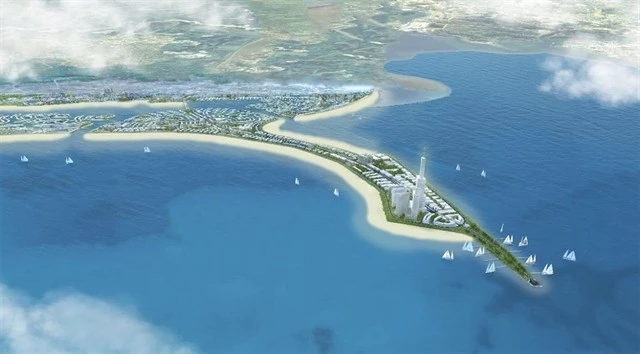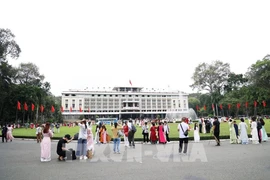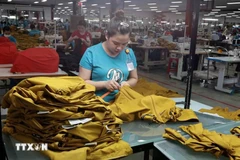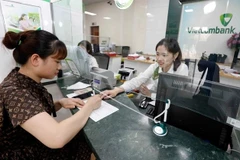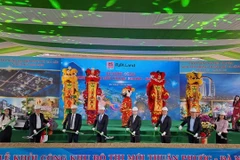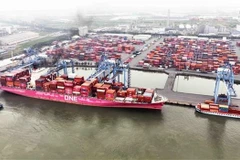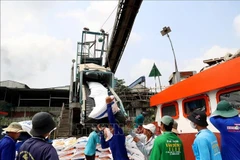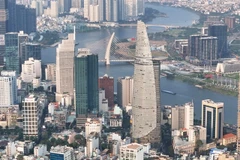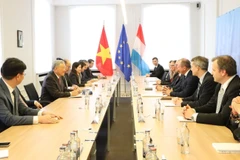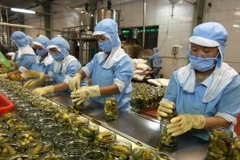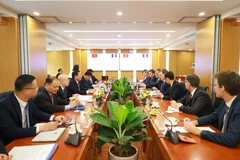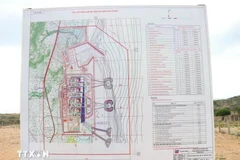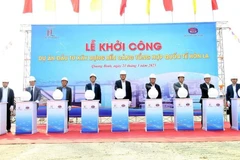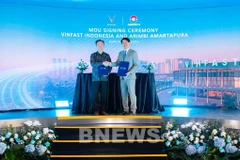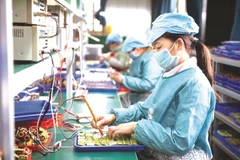Hanoi (VNS/VNA) - The People’s Committee of Ho Chi Minh City has officially approved the investment project for land reclamation as part of the development of the Can Gio Coastal Urban Tourism Area.
The project spans across Long Hoa commune and Can Thạnh town in Can Gio district.
The land reclamation component covers a total area of over 1,357ha and has been designated as a Group A project with a 50-year operational timeline.
The initiative aims to transform the area into a premier coastal urban tourism destination. Plans include luxury resorts, convention and conference centres, smart city zones, high-tech service hubs, residential housing, and hotels. The implementation timeline for the project extends from 2020 to 2031.
The Can Gio Urban Tourism Joint Stock Company is the developer behind the project, with a total investment exceeding 64.425 trillion VND (approximately 2.6 billion USD). Of this amount, 51.54 trillion VND is allocated for construction costs, 132 billion VND for project management, 435 billion VND for consultancy, and the remainder for other associated expenses.
HCM City authorities have mandated that the developer and its consultants bear full legal responsibility for the accuracy of all documents submitted for appraisal. They are also required to incorporate feedback from relevant departments and strictly adhere to all regulatory procedures.
The developer is also mandated to implement environmental protection measures in accordance with the approved environmental impact assessment report. In the event of violations, municipal authorities have instructed relevant regulatory agencies to take appropriate legal action.
On January 24, the city approved the 1:500 detailed zoning plan for the Can Gio Coastal Urban Area, spanning 2,870ha and divided into four zones: A, B, C, and D-E. The project envisions accommodating a population of 228,506 while attracting up to 9 million tourists annually.
The master plan dedicates 838ha for commercial housing, complemented by 102ha earmarked for social housing, which is designed to accommodate around 54,000 residents. Notably, Zone C is set to host an iconic landmark complex, featuring a commercial centre and a striking 108-story skyscraper, poised to become a signature highlight of the development./.
